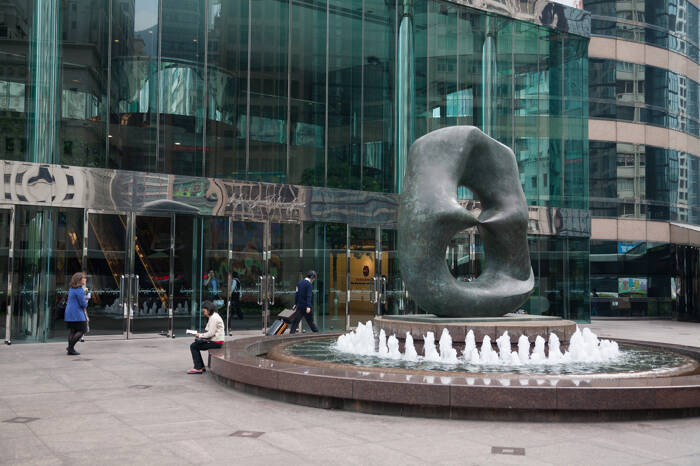ASX 200 hits record high
Australia’s ASX 200 followed US stock market trends, rising 0.51% in the week ending November 29. Significantly, the index held at a record high of 8,477 before falling back to 8,436.
Mining and technology stocks are offsetting losses in the banking, gold and oil sectors.
The S&P/ASX All Technology Index rose 3.21%, while mining giants BHP Group Ltd. (BHP) and Rio Tinto Ltd. (RIO) rose by 1.02% and 0.90% respectively. Higher spot iron ore prices boosted demand for mining stocks.
However, ANZ (ANZ) and National Australia Bank (NAB) fell 3.38% and 2.42% respectively. RBA Governor Michele Bullock poured cold water on short-term interest rate cuts, impacting demand for bank stocks. A delay in RBA rate cuts could dampen credit demand, weakening banks’ profits.
Nikkei index drops due to the strength of the yen
In the week ending November 29, the Nikkei index fell 0.20%. Tokyo’s inflation data for November fueled bets on a rate hike by the Bank of Japan in December, boosting demand for the Japanese yen.
The USD/JPY fell 3.23% to end the week at 149.707, impacting demand for Nikkei Index-listed export stocks. A stronger yen will negatively impact corporate profits from abroad, potentially impacting corporate profits and stock prices.
Nissan Motor Corp. (7201) was the biggest contributor to the weekly loss, falling 11.67% on the week. Toyota Motor Corp. (7203) and Honda Motor Co. (7267) saw weekly declines of 4.24% and 5.21% respectively.
Outlook: Tariffs and incentives in focus
US tariff-related news will continue to grab attention in the coming week. However, investors should keep an eye on stimulus-related updates from Beijing. The private sector PMI figures from China further underlined the need for additional measures to stimulate the economy.
The NBS Manufacturing PMI rose slightly from 50.1 in October to 50.3 in November. However, the non-manufacturing PMI fell from 50.2 to 50.0, indicating stagnation in the services sector.
CN Wire covers the Chinese activities and market commented:
“Looking at external demand, the new export order index is 48.1%, slightly higher, but in the contraction zone for the seventh month. This indicates that overall business demand export activities are still weak.”
Weak foreign demand lingers ahead of possible U.S. tariffs on Chinese goods. Despite PMIs hovering around the crucial 50s, avoiding contraction could push Hong Kong and mainland China stock markets higher on Monday.


